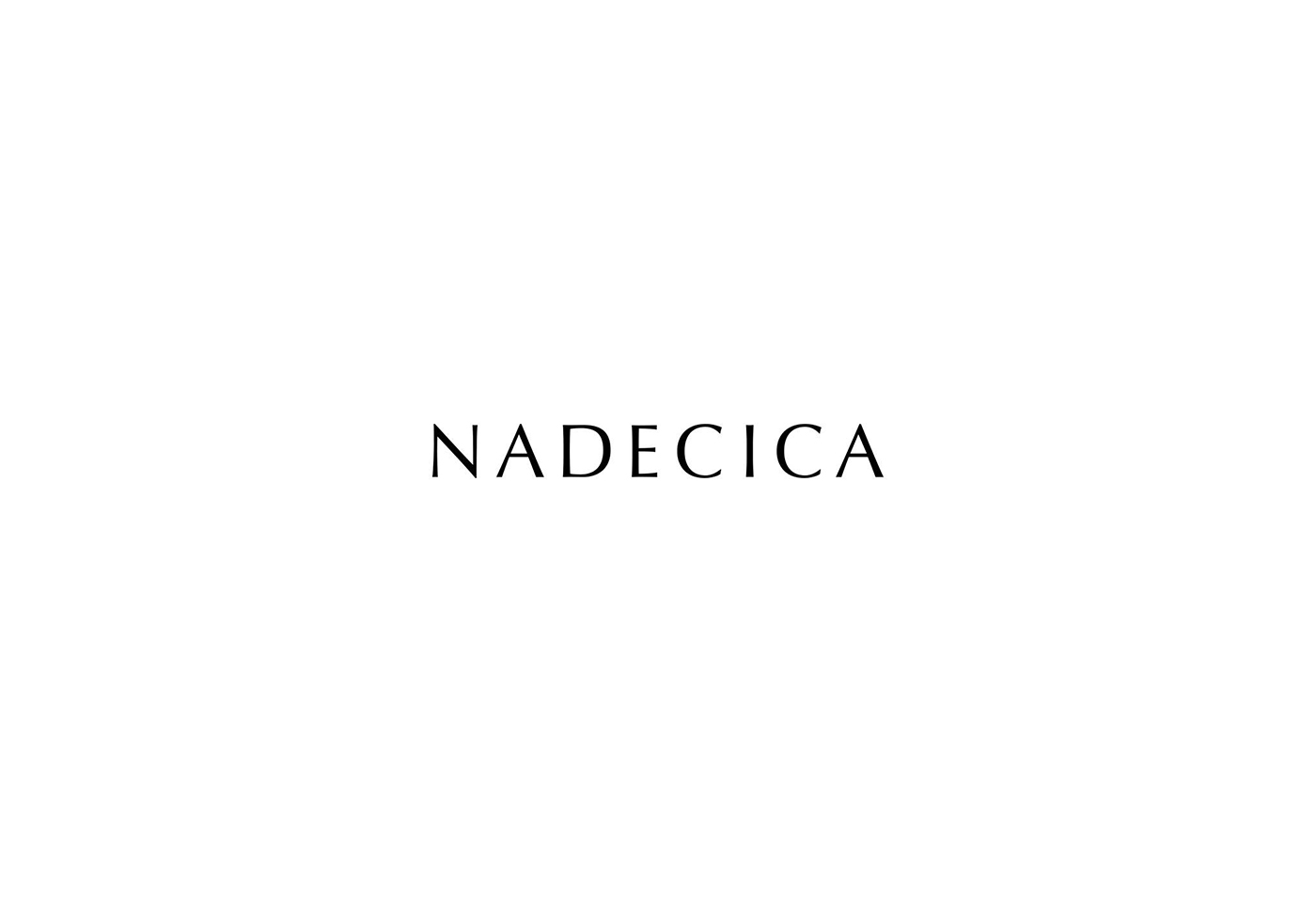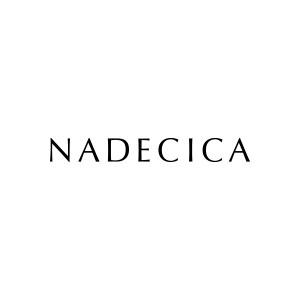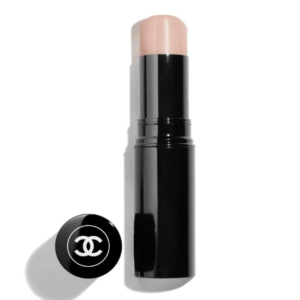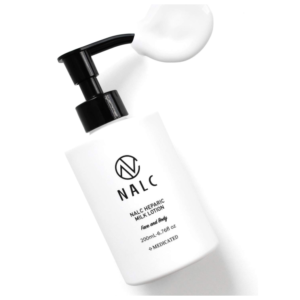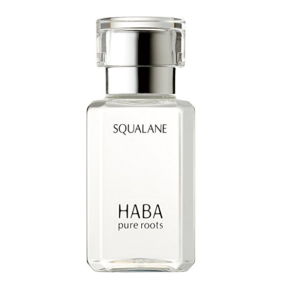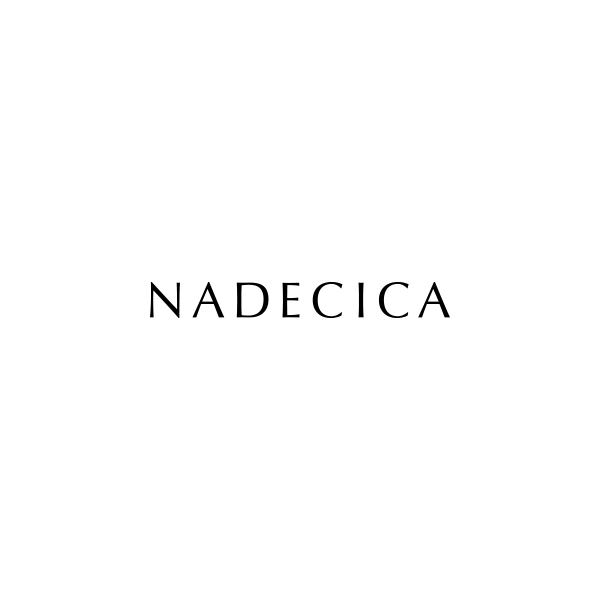目次
If you look at your business finances, you’ll discover that many of your expenses are examples of step costs. Step costs are common – the cost of a new production facility, the cost of a new machine, supervision costs, marketing costs, etc., are all step costs. Step costs are extremely important to consider when a company is about to reach a new activity level. It is not unheard of for a business to decide against taking steps to increase volume in order to maintain profitability at current levels. Residents of nine different community property states have the ability to take advantage of a double step-up basis tax rule.
- For the Essentials Plan of $30 per month, you can create up to three user accounts.
- After doing market research, John is certain that he’d have demand for at least 1,050 units.
- Or perhaps two branches need to be combined in order to reduce the cost of maintenance and rent.
- Common examples include labor wages, machinery maintenance expenses, rent expenses, etc.
A common example of a step curve is found in the manufacturing industry when examining total manufacturing costs. A factory may have fixed operating expenses such as rent, utilities, insurance fees, salaries, etc., which remain constant within certain production thresholds. In the next section, we’ll provide an in-depth analysis of step costs’ definition and how they manifest in different types of manufacturing entities. The point at which a step cost will be incurred can be delayed by implementing production efficiencies, which increase the number of units that can be produced with the existing production configuration.
Accounting Terms: XYZ
There are times, however, when crossing that threshold line for step costs can result in a loss. With pricing for accounting software Quickbooks, for example, your costs can increase or decrease based on the number of user accounts needed. For the Essentials Plan of $30 per month, you can create up to three user accounts. The $30 cost remains constant whether you create just one user account or three. The moment you need a fourth account, your costs jump to $40 per month with the next level plan.
- Since the activity level falls within the last threshold range of 15,001-20,000 units, the step cost for 18,000 units is $20,000.
- When he adds on the shift, the company will have to incur certain additional fixed costs, such as the salary of a supervisor for that shift.
- By breaking down production into steps and analyzing data from each step, manufacturers can identify areas for improvement as well as potential risks or inefficiencies.
- The company would become much less profitable if it bought a second machine that would only bring in money from the sale of 50 more pens.
- For example, a company that produces computer monitors might have the machinery, production staff and work space to make 5,000 monitors per year.
For instance, a company may decide to close one of its branches because it is consistently underperforming. This results in a sharp drop in expenses (such as lower rent, salaries, property taxes, etc.), but it can also increase profitability. To reduce costs, businesses might modify their products to run below this threshold. Then, in a step-like fashion, step costs rise and fall—first horizontally over a range, then vertically, then horizontally, and so on. Understanding step costs are useful because they help business owners decide whether rising above that threshold line would be a profit or loss to the company.
If you decide to sell the property, this step-up in basis will significantly reduce your capital gains tax. Instead of paying capital gains taxes on the difference between $100,00 and the sales price, you would pay capital gains tax on the difference between $250,000 and the sales price. If the level of activity slacks down, such as a decrease in demand or production, the business will have to consider “stepping down” on costs. The line graph for variable costs is a smooth incline, while the line graph for step costs has drastic increases.
Learn more about the programs that can help you qualify for a new mortgage or refinance. Depending on your situation, a step-up in basis may save you thousands of dollars. What this means is that it might need to reduce the effects of accounts receivable on a balance sheet or eliminate some costs. For example, a business decides to shut down one of its branches as it’s constantly performing poorly. As such, it only makes sense to be wary of the thresholds that cause them to change.
Difference between fixed and step costs
In such a situation, it may be more cost-effective for the employer to offer overtime to the existing staff than to pay the more substantial cost of a new hire. Companies that must produce more products than they can with their current configuration incur step costs from expansion. For example, a company that produces computer monitors might have the machinery, production staff and work space to make 5,000 monitors per year. If the company receives a contract to produce 10,000 monitors per year for five years for a major retail company, the company will incur step costs to meet the production load. In this case, the additional machinery, personnel and production space may total an additional $1 million per year.
Example of Step Costs
The rule allows an individual to pass down property to their heirs without paying taxes on its appreciation along the way. Have you heard that primary residences are exempt from capital gains tax? Individual taxpayers can exclude up to $250,000 of capital gains on the sale of a primary residence. However, keeping that in mind, the stepped-up basis is still an important part of estate tax planning. The step-up in basis tax provision has often been criticized as a tax loophole for the wealthiest families.
It may take considerable time & effort by managers trained in finance or accounting to accurately interpret these graphs and make informed decisions based on them. In addition, manufacturers can use step costs and curves to identify inefficiencies in their current production processes. For example, if there is a large gap between steps in terms of required resources or time, it may be worth exploring options to optimize that step or even eliminate it altogether. The costs will not fluctuate for a certain range of output, but will abruptly rise or fall after crossing a threshold level. When you map out step costs on a graph, they reveal a stair-step pattern. It may make sense to incur higher step costs if revenue is sufficient to cover the higher cost and provide an acceptable return.
What Does Step-Wise Cost Mean?
To an individual who does not understand step costs, they may recommend purchasing two machines to meet the demand for 1,050 pens. The purchase of the second machine that would only generate revenue for the sale of 50 additional pens would make the company much less profitable. Step costs, also called stair-step costs, are costs that do not change in direct proportion to increasing levels of activity. In other words, step costs are constant at a certain activity level but increase or decrease when an activity threshold is met.
Profits may decrease if a volume increase is only marginal but still necessitates incurring step costs. Suppose Jackie initially predicted that 1,050 pens would be needed in the coming year. They might suggest getting two machines to meet the demand for 1,050 pens to someone who doesn’t understand step costs. However, the company needs to buy an additional machine to increase its production capacity to the production level of 1,500.
Definition and Explanation of Step Costs
Companies focus on their fixed costs to maximize profits at the end of the fiscal year. If a company’s fixed costs are too high, the company might not create a profit for that fiscal period. Additionally, companies that intend to expand calculate their step costs to determine if the added business will add enough revenue to turn a profit. By analyzing historical data or conducting experiments with different input levels, manufacturers can estimate product cost accurately using these tools. Pricing strategy is the third area where step costs and curves can help manufacturers make informed decisions.

